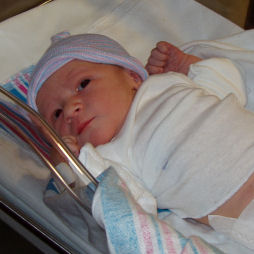USAAF P-51D-5NA, s/n 44-14017 was transferred by the USAAF to the Navy in May 1943 (as USN P-51D BuNo 57987) for modifications to enable the Mustang to land and takeoff from aircraft carriers. The modifications included lengthening and strengthening the section of the fuselage aft of the cockpit in the tailwheel area, installing an arrestor hook, and beefing up the landing gear.
Navy Lt. Robert M. Elder (later to become Director of the Flight Test Center at NATC Patuxant River, Maryland) flight tested the aircraft in simulated carrier landings and takeoffs at Philadelphia while the aircraft was being modified.
By late-1944 the Mustang was ready to be tested for carrier operations. The first successful arrested carrier landing by a P51D was made in November 1944 aboard the USS Shangri-La during that carrier's sea trials off the Virginia coast.
The Navy and Air Force also seriously looked into the possibility of using the twin engine B-25 Mitchell light bomber (USN designation PBJ, used by the US Marine Corps) aboard aircraft carriers. The Navy modified one of its PBJ's for carrier operations, and flight tested that aircraft aboard the Shangri-La the same day that Elder flight tested the Mustang.
The project was cancelled shortly thereafter when the Marines took Iwo Jima. That made it possible for B-29s and accompanying land based fighter escorts to fly from Iwo Jima to Japan instead of from China to Japan.
Here are some photos from the Naval Aviation History Center, Washington, DC, of Lt. Elder making an landing aboard the Shangri-La:




Ken Smith
Abingdon, Maryland USA














